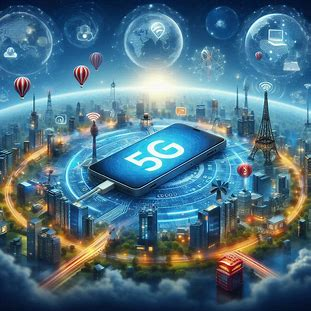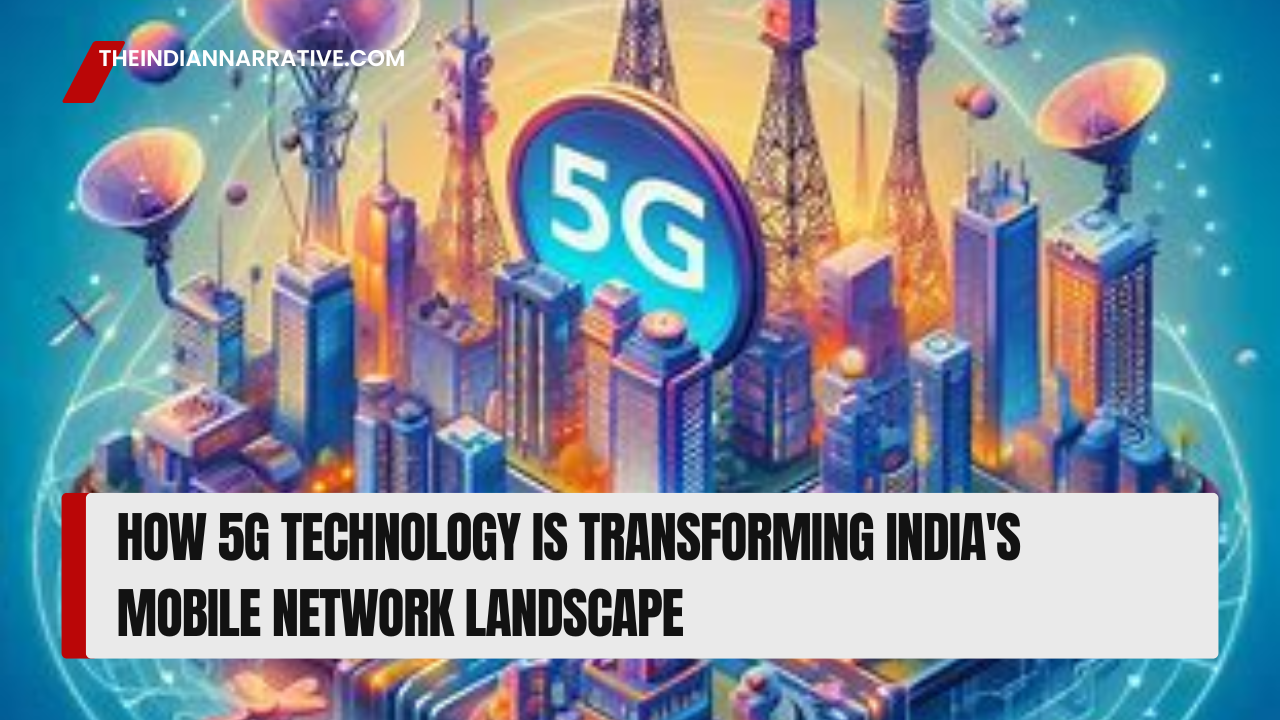The rollout of 5G technology is poised to revolutionize India’s mobile network landscape, bringing with it a wave of innovations and improvements that promise to enhance connectivity, accelerate economic growth, and improve the overall quality of life. Here’s how 5G is transforming the mobile network in India.
1. Enhanced Speed and Connectivity
5G technology is designed to offer significantly faster data speeds compared to its predecessors. With speeds up to 100 times faster than 4G, users can experience seamless streaming, rapid downloads, and a much-improved browsing experience.
- Impact: This enhanced speed facilitates smoother online interactions, such as video calls and gaming, and allows businesses to operate more efficiently.

2. Low Latency
One of the standout features of 5G is its remarkably low latency, which can be as low as 1 millisecond. This reduction in delay is crucial for applications that require real-time feedback, such as autonomous vehicles, remote surgeries, and augmented reality experiences.
- Impact: Industries relying on real-time data processing, like healthcare and transportation, will see significant advancements, leading to improved safety and efficiency.
3. Increased Capacity
5G networks can support a much larger number of devices simultaneously compared to 4G. This is particularly beneficial in densely populated areas, where network congestion is a common issue.
- Impact: With more devices connected, smart cities and IoT applications can thrive, allowing for improved traffic management, environmental monitoring, and enhanced public services.

4. Empowering Smart Cities
5G technology will play a pivotal role in the development of smart cities in India. With enhanced connectivity, cities can implement solutions that optimize resource management, improve public safety, and enhance the quality of urban living.
- Impact: Initiatives such as smart traffic lights, waste management systems, and intelligent public transport can significantly improve urban infrastructure and efficiency.
5. Boosting Digital Economy
The introduction of 5G is expected to contribute significantly to India’s digital economy. It can create new business opportunities and enhance existing services across various sectors, including healthcare, education, and agriculture.
- Impact: Businesses can leverage 5G to develop innovative solutions, increase productivity, and provide better services, thereby driving economic growth.
6. Transforming Healthcare
5G technology is set to revolutionize the healthcare sector in India by enabling telemedicine, remote patient monitoring, and real-time data sharing. This is particularly crucial for rural areas where access to healthcare facilities is limited.
- Impact: Improved healthcare delivery and access to specialists can lead to better health outcomes and reduce the burden on healthcare systems.

7. Supporting Rural Connectivity
The rollout of 5G can help bridge the digital divide by providing high-speed internet access to rural areas. This connectivity can empower local communities by facilitating access to information, education, and e-commerce opportunities.
- Impact: Enhanced internet access can improve quality of life, create job opportunities, and foster economic development in rural regions.

Conclusion
The transformation brought about by 5G technology in India is not just about faster internet speeds; it’s about redefining how we connect, communicate, and interact with the world. As India embraces this new technology, it stands to benefit from a more connected, efficient, and innovative future.







Be First to Comment